I have a pellet stove that after few minutes from startup turns off. I discovered that the cause is the smoke temperature that is too low (~ 30 °C, read on the remote) even when it's burning. Of course it thinks there is no flame and turns it off as a failure.
I found the thermocouple and I tried a basic trouble shooting.
Putting the tc inside a saucepan with boiling water, the reading on the remote does not change. I inspected the board and there is a TLC271 op-amp near the tc connector. I checked the power supply (pins 4 and 7) and it's ok (5V). Then I checked the output (pin 6) at room temperature and in boiling water: the voltage changes between 13 mV and 320 mV. The remote always shows 30 °C.
the original tc seems to be a J-type:
but I have a K-type:
I'm aware they are not 100% compatible but the readings should be quite similar for low temperatures (< 100 °C). Putting both in boiling water I read 97 °C and 110 °C using a multimeter with a tc input. But connecting the K-type probe to the stove, the remote still read 30 °C.
- the next obvious step was to be sure the MCU side of the board was ok. When I force (with a resistor) a voltage on the op-amp output (pin 6) the remote shows an higher value (i.e. 150 °C with about 3V). Hence the ADC is working.
Now, it seems what is damaged is the amplifier stage. But in my experience if an op-amp burns the output is 0V or it's just tied somewhere by the resistor's network in the nearby.
Do you think it's possible that an op-amp reduces so much its gain after a failure?

